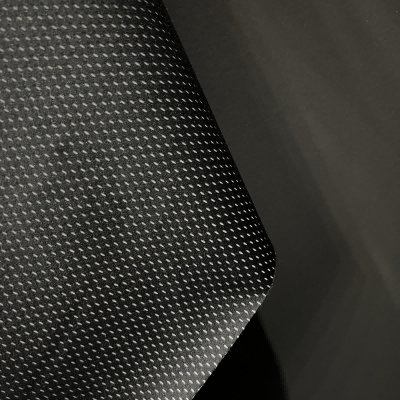cost of rayon fabric
The cost of rayon fabric represents a significant consideration in textile manufacturing and consumer choices. Rayon, a semi-synthetic fiber derived from cellulose, offers an economical alternative to natural fibers while maintaining premium characteristics. Typically ranging from $5 to $15 per yard, rayon fabric presents a cost-effective option for both manufacturers and end-users. The pricing structure varies based on factors such as quality grade, manufacturing process, and market demand. Basic rayon varieties cost less than specialized versions like high-tenacity rayon or bamboo rayon. Production costs benefit from efficient manufacturing processes and readily available raw materials, primarily wood pulp or cotton linters. The fabric's versatility justifies its price point, as it's suitable for various applications from clothing to home textiles. Modern technological advancements in rayon production have helped maintain competitive pricing while improving quality standards. The cost effectiveness extends to maintenance, as rayon fabrics generally require standard care procedures without specialized cleaning requirements.


